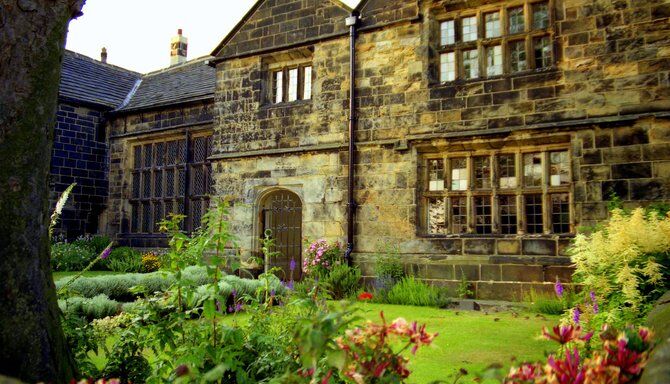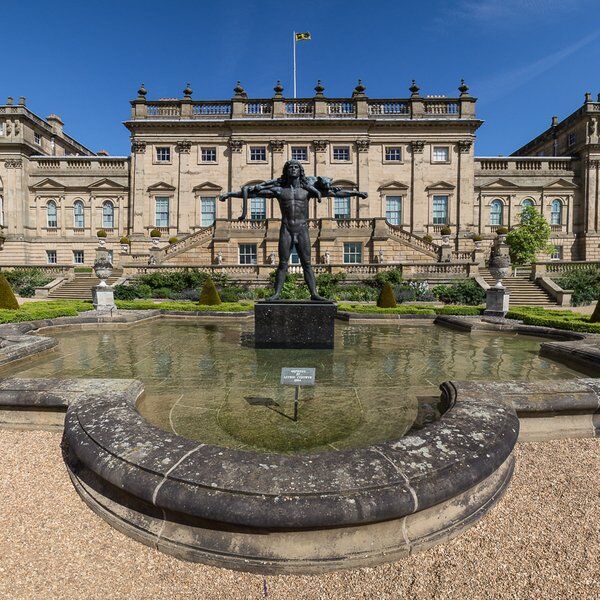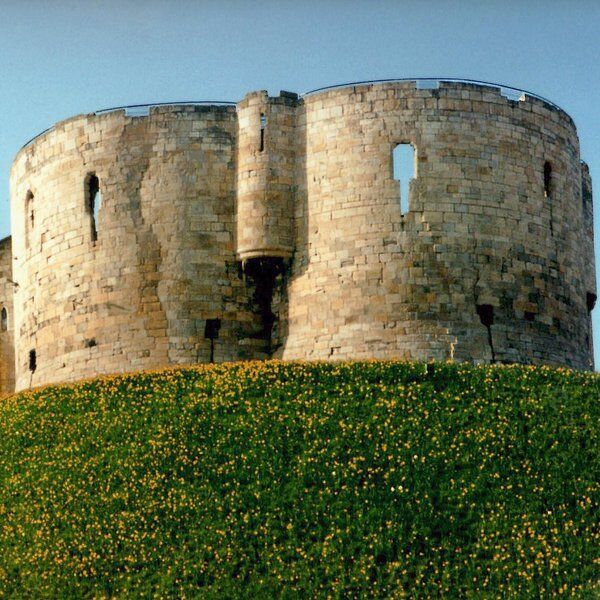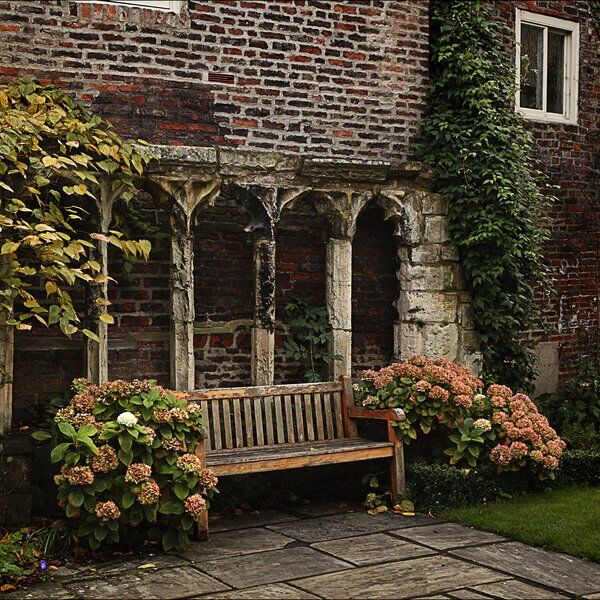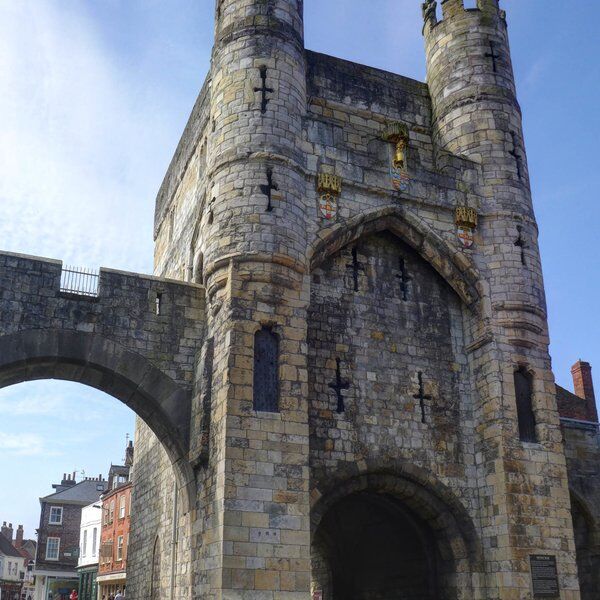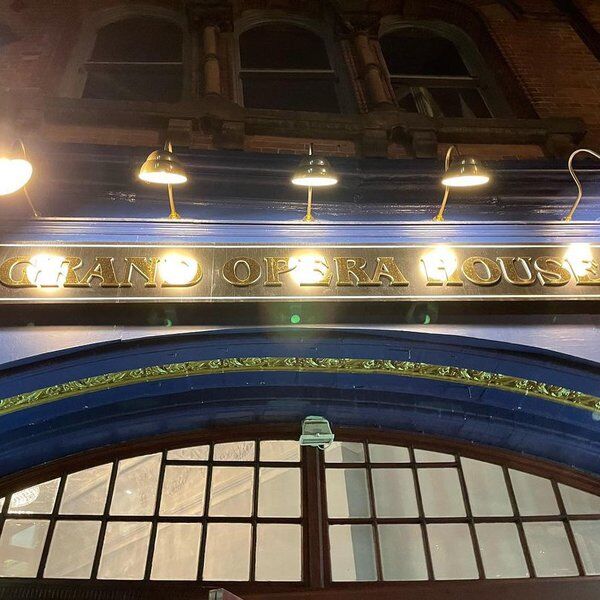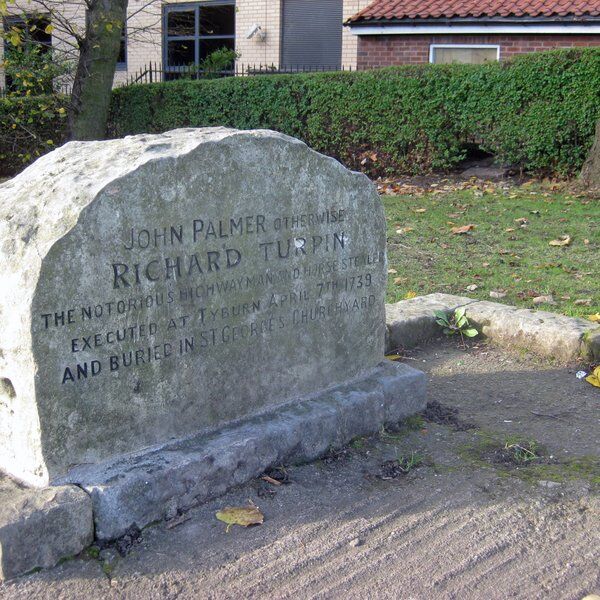
Discover Oakwell Hall in York
In the quaint village of Birstall, West Yorkshire, Oakwell Hall is a Grade I listed manor house. The hall, erected in 1583 by John Batt, transports visitors back to the 1690s with its glamorously furnished interiors and… resident ghost. Although the estate is more than a neat package filled with hauntingly beautiful things; its 110 acres of Green Flag Award-winning country park. There are nature trails, a mountain bike track, and picnic areas.
In popular culture, Oakwell Hall has inspired literary greats like Charlotte Brontë who claimed the hall was the setting of "Fieldhead" in her novel "Shirley". It has also appeared in television dramas like ITV's "Victoria”. Today, the manor is protected by the Friends of Oakwell Hall and Country Park, who preserve the site for future generations to visit.
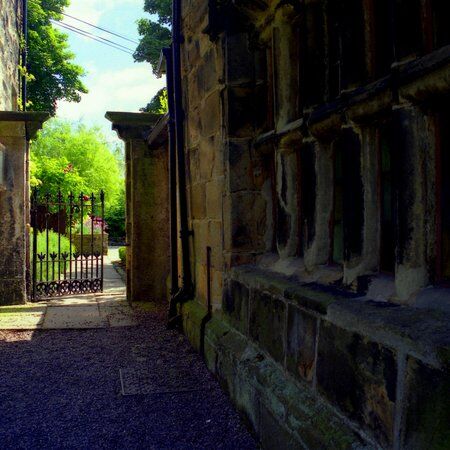
The Batt Family
Building Oakwell Hall
The manor was made from locally sourced oak and stone and initially featured an Elizabethan styled central hall flanked by cross wings. John Batt's grandson, also John, made significant alterations in the mid-17th century. Additions included chimney stacks, window replacements, and the northwest wing. Despite these changes, Oakwell's fundamental layout remained intact.
John Batt and His Descendants
After John Batt's construction of Oakwell Hall the family became part of the area’s high society. Despite their entrepreneurial endeavours and involvement in local affairs, the family faced challenges, including financial difficulties and a decline in fortunes.
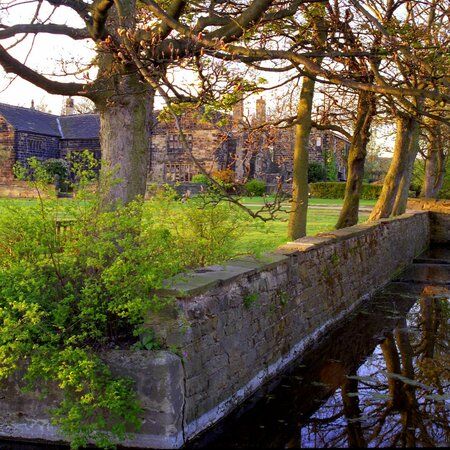
Beyond the Batts
Following the sale of Oakwell Hall in 1747, the manor transitioned from being a family home to a boarding school. In the 1920s, there were plans to dismantle the hall and relocate it to America. However, a successful public appeal prevented this fate, and the hall eventually came under the ownership of the Batley Corporation.
Brontë Connection
During its time as a boarding school, Oakwell Hall caught the attention of Charlotte Brontë, who visited the institution. In her novel ‘Shirley,’ Charlotte Brontë vividly describes Oakwell Hall, naming it ‘Fieldhead Manor’. She captures the essence of the building's "irregular architecture" and "grey and mossy coloration."
Through her words, readers are transported to the halls of Oakwell, where the "old latticed windows," "stone porch," and "rich crayon touches" evoke a sense of history and charm.
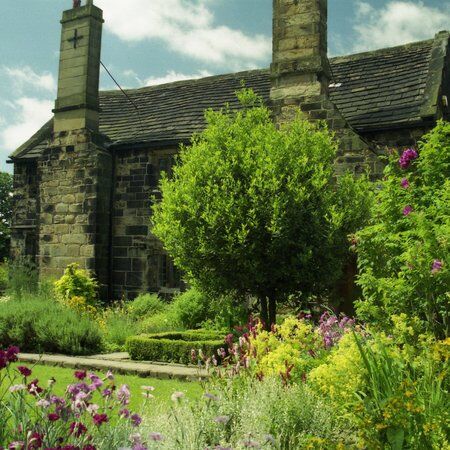
Legend of William Batt's Ghost
A well-known tale surrounds the ghost of William Batt, John Batt’s 25-year-old grandson, who lived at Oakwell Hall in 1684. As recounted by author Mrs. Gaskell in her "Life of Charlotte Brontë" (1857), the legend describes William's eerie return to Oakwell on a winter evening, shortly after his supposed demise in a duel in London on December 9th, 1684.
Mrs. Gaskell claims William's ghost, strode through the lane, into the hall, and up the stairs to his own room, where he mysteriously vanished. Local folklore claims that William left behind a haunting trace — a bloody footprint in his bedroom.
While Oakwell Hall's legend of William Batt's ghost persists, it's important to distinguish fact from folklore and remember that the 'ghost' image presented is not authentic.
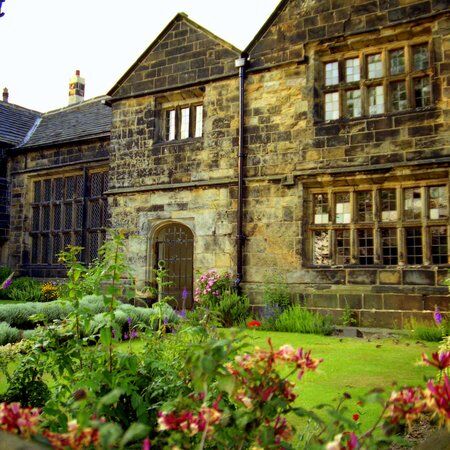
Inside the Oakwell Hall
Great Hall
Originally consisting of two storeys, the Great Hall connected the two wings of the house. It would have been a busy place with people moving both into/out of the house and between sections. Designed to impress, the hall was deliberately sparse in furnishings, creating a vast, open space.
Highlights of the Great Hall include:
- Dog Gates: 17th-century oak gates positioned on the staircase to prevent dogs from ascending.
- An impressive 3-metre long, early 17th-century dining table, carved with intricate dragons and the initials "LM”..
- A pair of almost identical Birstall chairs, typical of 17th-century Yorkshire furniture. They had diamond and pennant carvings on their back panels.
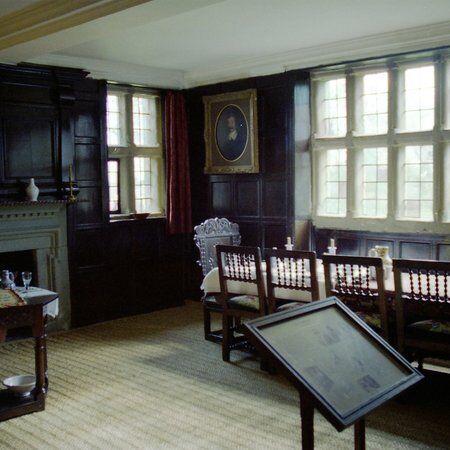
Great Parlour
In the early 17th century, the Great Parlour was the most important room at Oakwell Hall. It was furnished with the best items and housed the Batt family's collection of maps. In the 1630s a plaster ceiling with the Batt coat of arms and the Oakwell Bat was added as well as painted oak panelling. Unfortunately, this ceiling was lost in a storm in 1883, but drawings of it still exist.
Highlights of the Great Parlour include:
- The Painted Panels: Rare surviving examples of scumbled panels.
- The Glass Case: A late 17th-century oak case displaying expensive glassware.
- Dining Chairs: Elaborate late 17th-century walnut chairs.
- Gateleg Table: Reflecting post-Civil War popularity, these tables became fashionable.
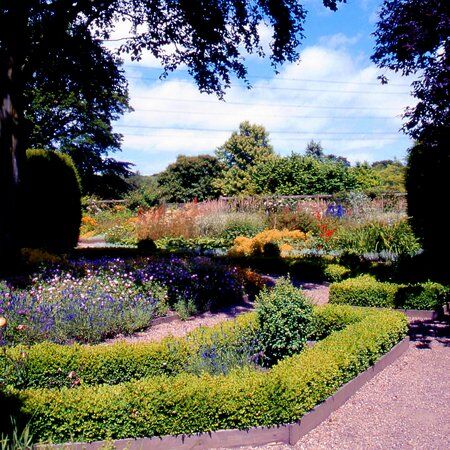
Great Parlour Chamber
In 1690, the Great Parlour Chamber likely belonged to the master of the household, John Batt. Despite a 19th-century fireplace addition, the chamber retains its 17th-century ambiance, reflecting a dual purpose of bed chambers for both rest and entertainment.
Highlights of the Great Parlour include:
- 1590 Oak Tester Bed: Among the most valuable pieces of furniture in the house.
- Desk Box: Used for holding the family bible, which recorded births and deaths, as well as serving as portable writing desks.
- Marriage Chest: Inscribed "Elezabeth Lovell 1640," these chests, often brought into the household by new brides, typically held linen.
- Garderobe, or toilet, in the outer wall: a luxury enjoyed by few during that time.
- Rush matting: this would have been warmer and more comfortable than floorboards or stone floors and was typical of wealthy households.
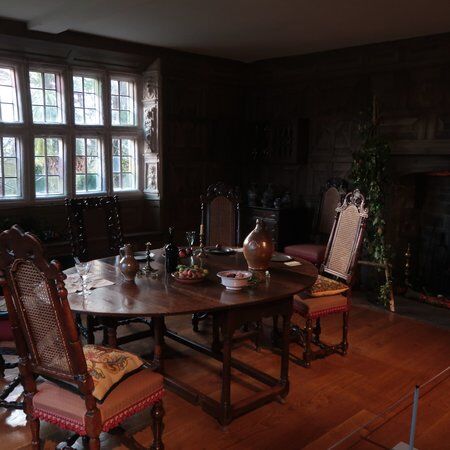
Kitchen
Originally part of the Great Hall, the kitchen moved to a separate room in the east wing by 1611, ensuring separation from living quarters to minimise smells and noise. It would have been the heart of Oakwell Hall, with servants preparing food and attending to various tasks.
Highlights of the Kitchen include:
- Stove: A reproduction based on an original design, providing a dedicated space for preparing food away from the main fire.
- Storage Cupboard: Likely used as a serving hatch.
- Cooking Implements: Iron utensils such as saucepans and meat forks, designed for open hearth cooking with long handles to minimise burns.
- Reproduction Earthenware Pots: Large decorative platters and mugs used for presenting food and beverages at the table.
Kitchen Chamber
Adjacent to the kitchen and above it, the Kitchen Chamber served as a sleeping and storage space for servants. While lacking in amenities such as a fireplace, its proximity to the kitchen provided some warmth, crucial for preserving stored food.
Highlights of the Kitchen Chamber include:
- Meal Ark: A massive chest used for storing grain or oatmeal, equipped with locking mechanisms to deter theft by servants.
- Aumbry: This cupboard, likely of German origin, featured carved "windows" for ventilation, a practical addition to preserve stored food.
- Bell Metal Skillet: A typical cooking utensil with moral or religious inscriptions, reflecting the religious sentiments of the time.

New Parlour Dining Room
Adjacent to the kitchen, the New Parlour Dining Room was a modest yet functional space for family meals. Servants would serve food directly from the kitchen, ensuring it remained hot.
Highlights of the New Parlour Dining Room include:
- Court Cupboard: A decorative piece designed for storing valuable items such as pewter and plate, showcasing both practicality and elegance.
- Pewter: Both original and reproduction pieces were used, with reproduction items including goblets, ewers, basins, and chamber pots.
- Ceramics: Reproduced from 17th-century designs, including porringers and blue and white delftware pottery.
- Portraits: Sir Thomas Fairfax and William Cavendish.

Little Parlour
In 1611, Oakwell recorded seventeen beds of varying types. Some were truckle beds for servants, while others were grand tester beds for the family. Older beds often found their way into less important rooms to make space for newer, grander pieces. The chamber, housing older furniture, may have served as a second-best bedchamber.
Highlights of the Little Parlour include:
- Oldest Chest at Oakwell: Dating from the mid-16th century it has linenfold panels, and a simple hasp and staple fastening for security.
- Fine 1525 Bed: Likely still in use in the 1690s, this expensive piece of furniture reflects the status of the family it served.
Painted Chamber
The Painted Chamber offers a glimpse into the mistress's chamber, featuring reproduction oak furniture and painted panelling imitating walnut wood. Darkened over centuries, the original furniture would be unrecognisable to its original owners. Tools such as feathers and combs were ingeniously employed to create the intricate patterns.
Highlights of the Painted Chamber include:
- A crafted bed, inspired by a 16th-century design, offers comfort with its corded structure and rush mat foundation beneath a feather mattress. The curtains are elegant with exquisite crewel work and Jacobean motifs.
- Backstools, prevalent in the 17th century, provide practical seating solutions for ladies donning wide skirts.

Gardens and Grounds at Oakwell Hall
After an extensive project that involved a lot of research on 17th century gardens, the grounds at Oakwell Hall now resemble their appearance from around 1690, with formal layouts and plant selections popular during that era.
- Formal Gardens: The formal gardens feature ornamental displays and a functional herb garden growing more than 80 varieties of herbs and lots of flowering plants.
- Parkland Exploration: Oakwell Hall Country Park is made up of woodlands, streams, pastures, and ponds. Nature trails and information points guide visitors through the park, highlighting its rich wildlife.
- Faith Garden and Wildlife Wetland: The Faith Garden is a tranquil space, supported by community funding, which offers quiet reflection and learning. Meanwhile, the Wild About Water feature, a wildlife wetland, enhances biodiversity within the park.
- Attractions: The Mystery Ram is a beloved stone statue whose origins remain shrouded in mystery. The Miners' Memorial and the Fiddlehead and Fern Blades sculpture commemorate the area's industrial heritage, poignant reminders of the region's past.
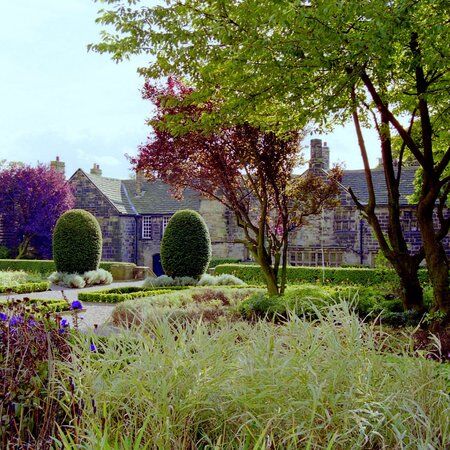
Preservation and Conservation Efforts
Today, Oakwell Hall is a "living museum," showcasing the Batt family's home as it appeared in the 1690s. The interiors showcase a remarkable collection of period furniture and the restored gardens are a highlight for visitors, along with facilities such as a visitor centre, gift shop, nature trail, picnic sites, and a playground.
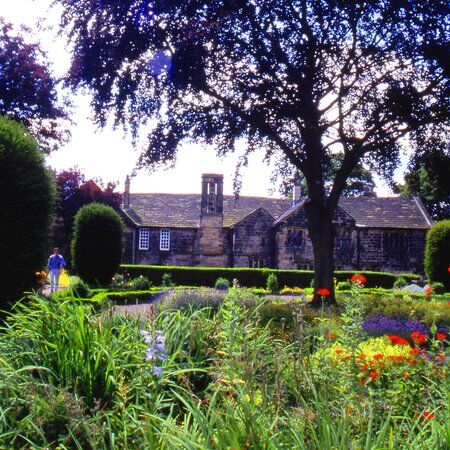
Ready to discover more of what York has to offer?
CityDays have FOUR outdoor treasure hunts in York to choose from, all of which combine the fun of an escape room with the historical facts and whimsical trivia of a walking tour!
Take the stress out of planning your visit to York and book your adventure today!
Not visiting York this time? Don’t worry, you’ll find us all over the world.
